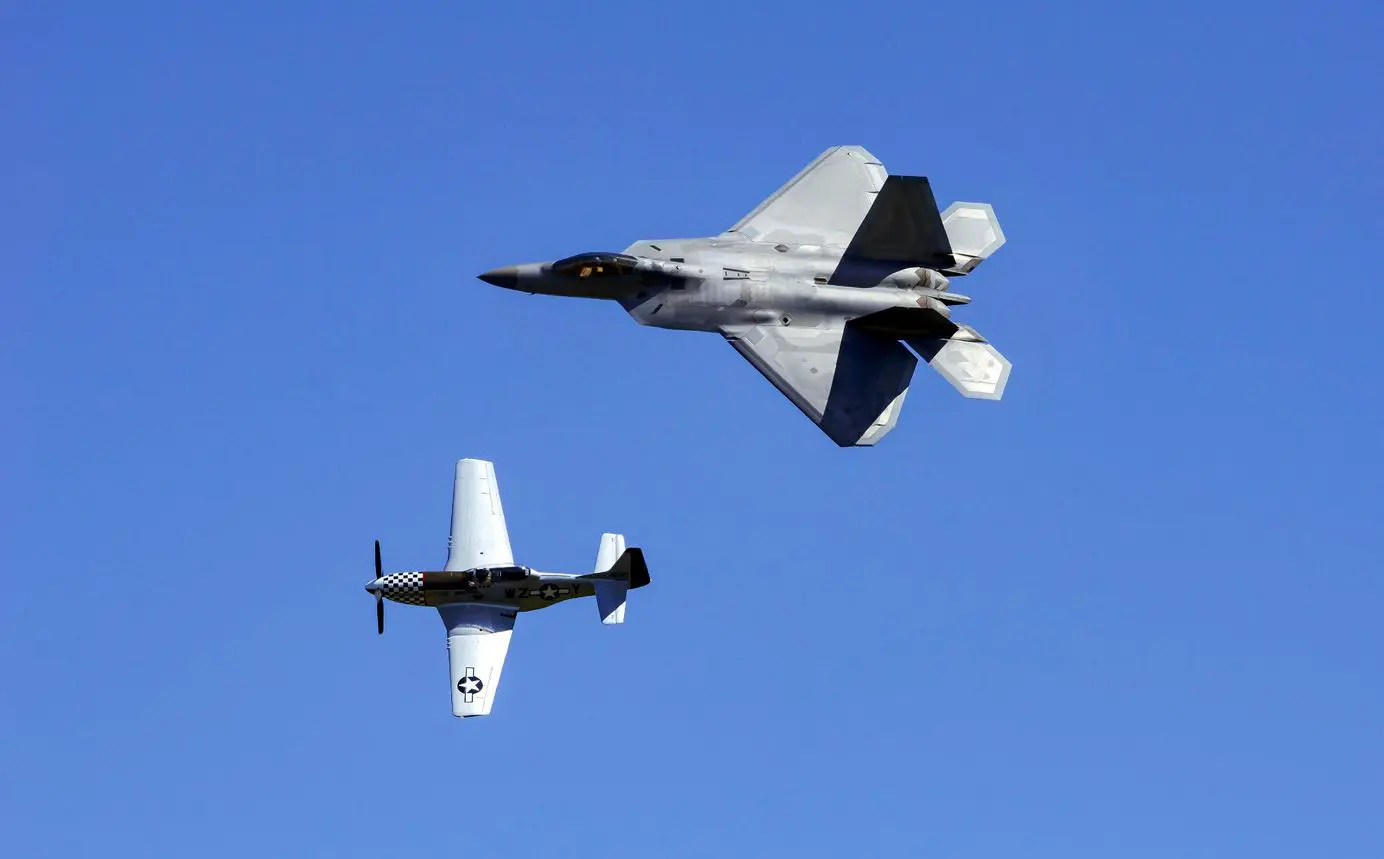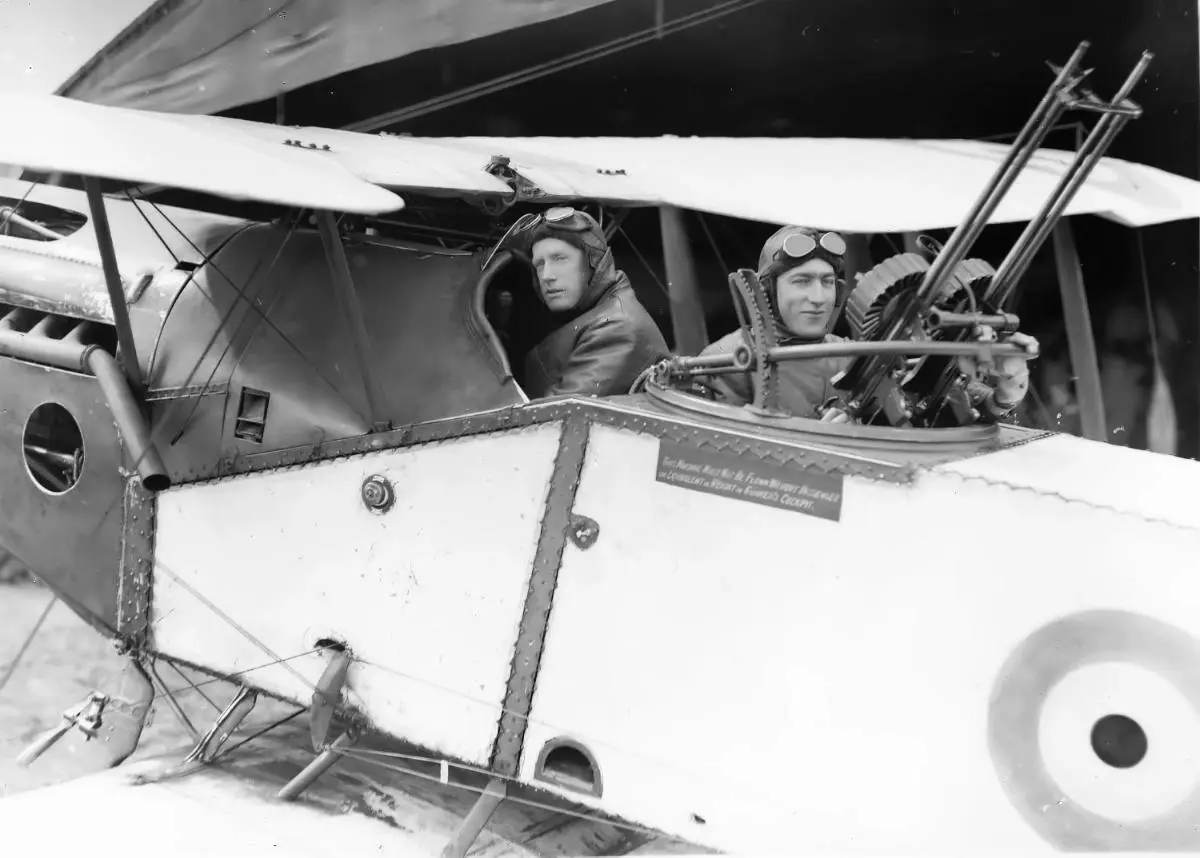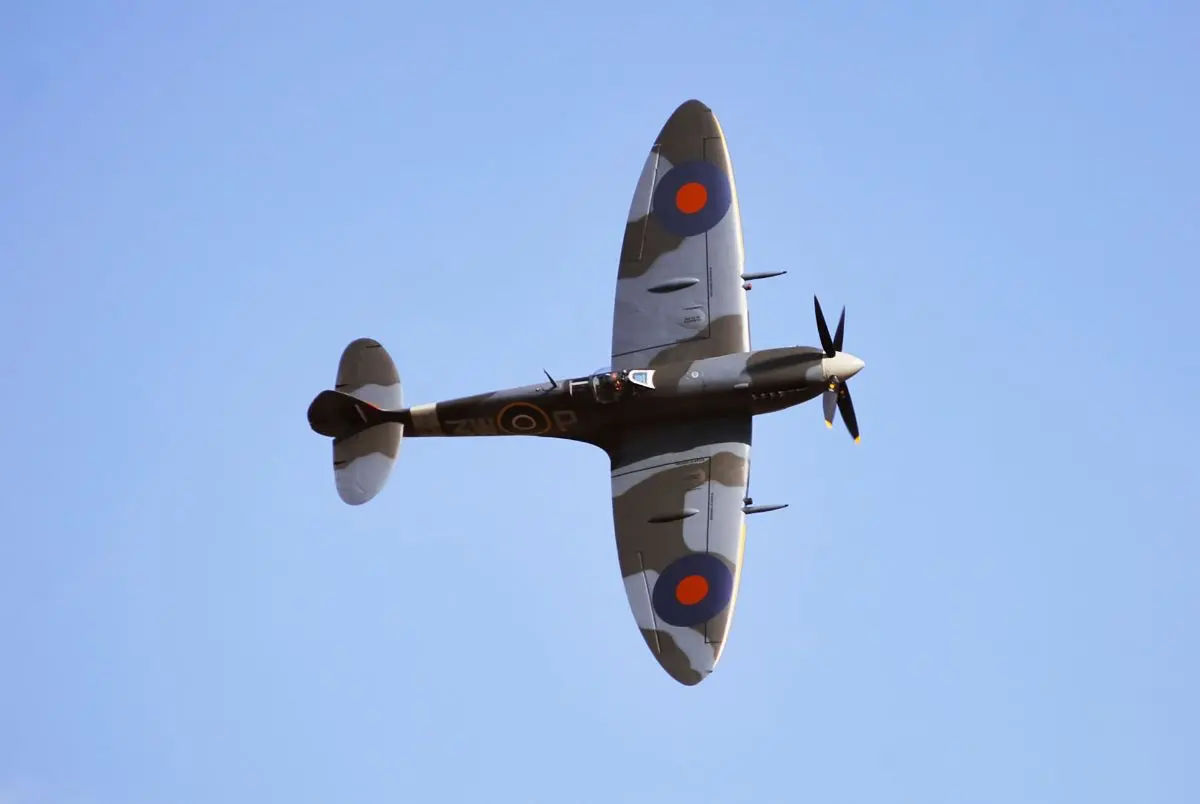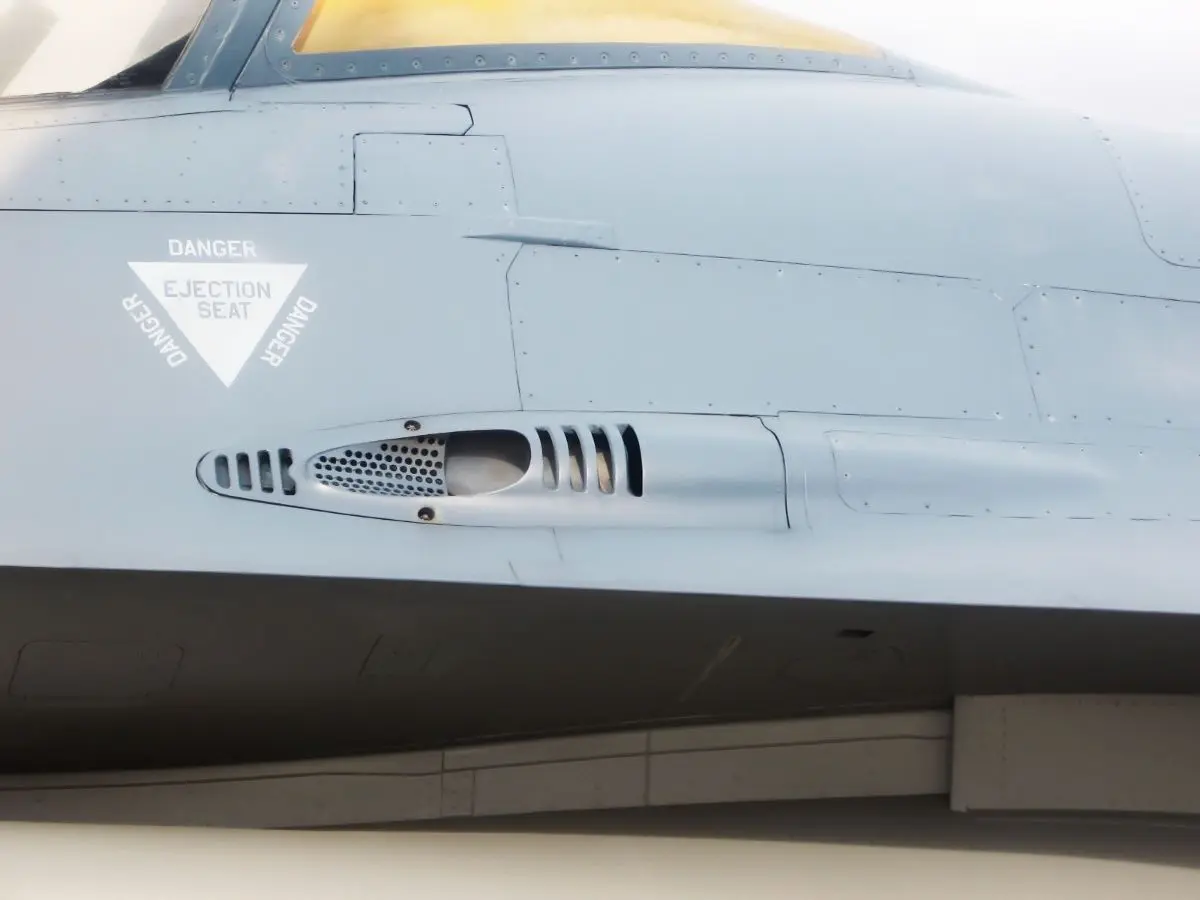
Why Do Fighter Jets Still Have Guns and Cannons?
Fighter jets still have guns and cannons even though they are also armed with high-tech missiles. But why is that so?
Table of Contents
It's no news that modern fighter jets are armed with high-tech missiles and intelligent bombs. Because of advances in weapon technology, a fighter pilot has a number of cutting-edge systems to help him hit a target.
But modern fighter jets are also equipped with guns and cannons that might seem low-tech on these highly advanced aircraft.
So why do jet fighters still have cannons and guns?
Let's take a closer look.
Proven by War
In the beginning of World War I, aircraft were meant as a tool for reconnaissance. Their job was to scout the enemy to get information about the location and nature of enemy activity.
But at some point early on, pilots started to bring pistols and rifles in case they met an enemy aircraft. Unfortunately, the engines in the war planes were not very powerful and the weight of the rifles took its toll on performance.

As airplanes improved, heavier machine guns could be fitted and operated by a second crew member. But for the gun to be truly useful, it would have to fire forward. However that would make it more likely to shoot the plane's propeller.
In 1915 a Dutch engineer invented a system that prevented the gun from firing when the propeller was in front of the gun's barrel. The mechanical system would only allow the gun to be fired in the split-second where the propeller was clear of the barrel. This solution was first used by the Germans but when the Allies replicated the technology, dogfighting started to emerge.
In the years between the wars, aircraft machine guns further improved.
From Guns to Cannons
Machine guns were still the standard by the start of World War 2. But when airplane armor and other features, such as the self-sealing fuel tanks were invented, planes could survive more and more damage. A need for explosive ammunition developed and thus the need of a cannon.
To decide whether to equip an airplane with guns or cannons was a choice between quality and quantity. You could either go with a slower firing canon that could hit with explosive rounds or a gun that could spray a large amount of smaller bullets in the same amount of time.
Later in WWII, a compromise was made. For example, later models of the Spitfires was equipped with both guns and cannons.

Mistakes in the Vietnam War
With the development of air-to-air missiles in the late 1950's and early 1960's, fighters were often developed without guns or cannons. Guns were thought of as obsolete, heavy and taking up too much space. Missile would also allow for greater engagement ranges than guns or cannons and planes like the F-4 Phantom was initially designed without a gun.

But in the Vietnam War the F-4's had trouble taking down enemy MIGs. Missiles did not always hit and F-4 pilots often found themselves in close range combat where missiles were less than ideal.
Therefore later variants of the F-4 Phantom was equipped with a gun and almost all fighter aircraft has been designed with one ever since. Including the present-day F-22 Raptor and F-35 Lightning II.
Why Not Missiles Only?
What is the point of equipping modern fighter aircraft with century-old gun technology when cutting-edge missile systems are available? Why do fighter jets still have guns today?
The short answer: Guns and cannons fills the gap of what a missile can't do.
Even modern aircraft missiles have minimum ranges. The target has to be at a minimum distance before the missile is able to track and follow properly. For example, an AIM-9 Sidewinder missile has a minimum range of 2.5 km. If the target is closer than that, the pilot can't use it.

Missiles can also be tricked by countermeasures like flares, chaffs and electronic countermeasure systems. In a combat environment with heavy jamming, a missile will be less reliable. A gun will not be mislead by countermeasures or jamming.
Without a short-range weapon like a gun, fighter pilots would either have to deliberately hold a certain distance, fire at the target before it gets too close or simply be unarmed with a short-range weapon. Neither is viable in combat.
Furthermore, getting up-close to a potential threat is the norm during peace-time and we occasionally see that happening.
On modern fighter aircraft, the gun is there because it might be needed. It plays an important role that missiles cannot. It is meant for close-combat situations and even in these modern times with intelligent missiles, a gun is a simple, cheap and very effective way of providing something that a missile can't.
That is why fighter jets still have guns today.
Planenerd Newsletter
Join the newsletter to receive the latest updates in your inbox.






